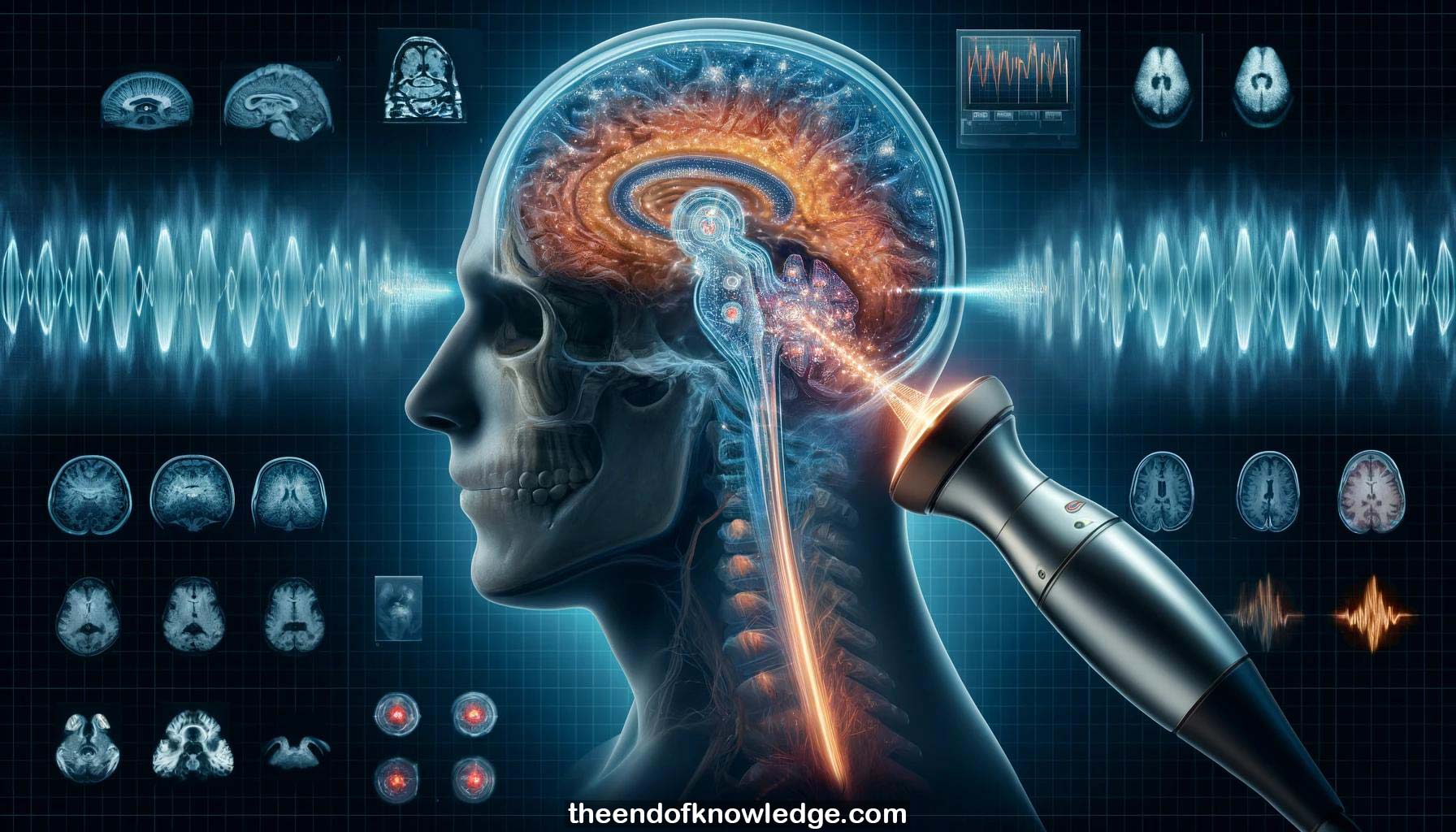 >
>
Concept Graph & Resume using Claude 3 Opus | Chat GPT4 | Llama 3:
Resume:
1.-Mark from Fraunhofer IBMT presents an overview of ultrasound research, trends in ultrasound therapy, and ultrasound neuromodulation.
2.-Fraunhofer IBMT is one of the largest ultrasound research facilities in Europe, covering transducer design, electronics, software, and clinical translation.
3.-Ultrasound can image from the cellular level to clinical applications in both imaging and therapy.
4.-Multi-channel ultrasound electronics can range from simple few-channel systems to complex 1000+ channel systems for precise stimulation.
5.-Ultrasound transducers convert electrical signals to mechanical waves using piezoelectric crystals and are customized for different imaging and therapy applications.
6.-Software is used to control ultrasound systems, generate signals, and extract data for imaging or monitoring therapy.
7.-Ultrasound therapy has seen significant growth in the last decade with new applications emerging beyond traditional uses like kidney stone destruction.
8.-High intensity focused ultrasound (HIFU) is used for ablating tissue. Low intensity focused ultrasound (LIFU) is used for non-destructive neuromodulation.
9.-Ultrasound offers advantages of high spatial precision, deep penetration, and non-invasiveness compared to other neuromodulation methods like TMS, tDCS and DBS.
10.-Ultrasound neuromodulation has been studied in different animal models showing effects on behavior, neurotransmitter levels, and disease conditions like epilepsy.
11.-Human studies have demonstrated ultrasound's ability to evoke sensory perceptions and modulate brain activity related to sensory discrimination.
12.-The effects of various ultrasound parameters like frequency, pressure, pulse patterns on neuromodulation are not yet fully understood.
13.-Ultrasound is a pressure wave that acts as a longitudinal wave. Its propagation is affected by tissue properties causing effects like attenuation, reflection, and refraction.
14.-Ultrasound frequency impacts penetration depth, precision of focusing, and used bandwidth. 0.2-1 MHz is typically used for neuromodulation.
15.-Ultrasound intensity, duty cycle impact energy deposition. Must be chosen carefully to achieve desired effect while ensuring safety.
16.-Safety guidelines for LIFU neuromodulation are still being developed, in contrast to well-established standards for diagnostic ultrasound and HIFU ablation.
17.-Neuromodulation systems range from complex 1000+ element arrays for 3D focusing to simpler single-element transducers with flexible pulse parameters.
18.-Single element transducers have a fixed focus. Array transducers can steer the focus in 3D by applying phase delays.
19.-Fraunhofer IBMT develops flexible matrix array systems for neuromodulation research allowing control over key parameters and 3D focus steering.
20.-Systems can deliver pressures up to 9 MPa, sufficient for BBB opening and neuromodulation. Highly flexible pulse sequences can be defined.
21.-Dynamic beam steering allows moving the focus in arbitrary spatial patterns over time, enabling stimulation of different brain regions on demand.
22.-Systems are designed for high MR-compatibility for integration with MRI-based treatment planning. Markers help localize the transducer position.
23.-Dual-transducer cross-beam configurations are used to achieve higher spatial precision, overcoming the cigar-shaped focus of single transducers.
24.-The skull bone distorts ultrasound focusing due to its complex, layered structure with varying acoustic properties. This needs to be compensated.
25.-Phase aberration correction techniques using CT/MRI data of skull anatomy are applied for precise patient-specific focusing through the skull.
26.-Established medical ultrasound standards are used where applicable to prepare neuromodulation systems for clinical studies, as specific standards are still lacking.
27.-In summary, LIFU shows promise for non-invasive neuromodulation, but many open questions remain regarding optimal stimulation parameters and mechanisms of action.
28.-Flexible, research-suitable systems enabling a high degree of control over ultrasound parameters are needed to address these open questions.
29.-Size reduction of neuromodulation systems is possible but has trade-offs. Very small transducers lose capabilities for focusing and non-invasiveness.
30.-Whole-scalp coverage is feasible with ultrasound transducer arrays but increases cost and complexity due to high channel counts.
Knowledge Vault built byDavid Vivancos 2024